Wooden Bench
It is a timeless and versatile piece of furniture renowned for its simplicity, durability, and aesthetic appeal. From rustic park benches to modern indoor seating, wooden benches have evolved to complement various settings while retaining their charm and functionality.
Historical Perspective
Wooden benches have a rich history dating back centuries, originating from early civilizations where wooden seating was essential for communal gatherings, ceremonies, and everyday use. Over time, benches evolved from basic wooden planks to more refined designs crafted by skilled artisans, reflecting cultural preferences and technological advancements.
In ancient civilizations such as Egypt, Greece, and Rome, wooden benches were commonplace in public spaces, temples, and private residences. These benches ranged from simple structures to intricately carved seats, serving as symbols of status, authority, and communal unity.
During the Middle Ages and Renaissance periods in Europe, wooden benches continued to play a pivotal role in social gatherings, religious ceremonies, and public forums. Monasteries and royal courts commissioned elaborate benches adorned with religious motifs, heraldic symbols, and intricate carvings, showcasing craftsmanship and artistic expression.
The Industrial Revolution marked a significant shift in bench production, with mass manufacturing techniques enabling the production of standardized wooden benches for public parks, gardens, and urban spaces. This era also witnessed the emergence of innovative designs and materials, expanding the versatility and accessibility of wooden benches in everyday life.
Design and Construction
They are characterized by their sturdy construction and natural beauty, making them suitable for both indoor and outdoor environments. The design of a wooden bench typically includes:
- Materials: High-quality hardwoods such as teak, oak, cedar, and mahogany are preferred for their durability, resistance to weathering, and aesthetic appeal. Softwoods like pine and spruce are also used for benches requiring less exposure to the elements.
- Structure: The bench frame consists of legs, a seat, and a backrest, with mortise and tenon joints or dowels ensuring structural integrity. The seat may be solid or slatted to facilitate drainage and airflow, enhancing comfort and longevity.
- Finishes: Wooden benches are finished with protective coatings such as varnish, oil, or paint to enhance durability, resist moisture absorption, and maintain the wood’s natural color and grain patterns. These finishes also protect against UV rays and environmental damage in outdoor settings.
- Styles: Wooden benches are available in various styles, from traditional park benches with straight lines and simple designs to contemporary benches featuring curved forms, ergonomic contours, and integrated armrests. Bench legs may be straight, tapered, or intricately carved to reflect cultural influences and architectural motifs.
Applications and Settings
Wooden benches serve diverse purposes and are well-suited for a range of settings:
- Public Spaces: Park benches provide seating in urban parks, botanical gardens, and recreational areas, encouraging social interaction and relaxation amidst natural surroundings. Benches in public squares and pedestrian walkways offer resting spots for pedestrians and tourists.
- Residential Settings: Wooden benches enhance outdoor living spaces such as gardens, patios, and balconies, creating inviting areas for leisure activities, alfresco dining, and gatherings with family and friends. Indoor wooden benches add warmth and character to entryways, hallways, and living rooms.
- Commercial Environments: Restaurants, cafes, and bars use wooden benches to optimize seating capacity, create cozy dining areas, and maintain a cohesive interior design theme. Wooden benches in retail stores and shopping centers provide comfortable seating for customers and visitors.
- Educational Institutions: Wooden benches are installed in schoolyards, college campuses, and university courtyards, serving as gathering spots for students, faculty, and visitors. They promote outdoor learning, socializing, and community engagement in educational environments.
Advantages of Wooden Benches
They offer numerous advantages that contribute to their popularity and enduring appeal:
- Natural Aesthetic: The natural beauty of wood enhances outdoor and indoor spaces, creating a warm and inviting ambiance that complements various architectural styles and landscapes.
- Durability: Hardwood benches are robust and resistant to wear, ensuring long-term performance in challenging outdoor conditions such as rain, sun exposure, and temperature fluctuations. Proper maintenance extends the bench’s lifespan, preserving its integrity and aesthetic appeal.
- Versatility: Wooden benches are available in a wide range of sizes, styles, and finishes to accommodate diverse preferences and functional requirements. Customizable options allow for tailored designs that meet specific aesthetic and spatial considerations.
- Comfort: Ergonomically designed wooden benches provide comfortable seating with contoured backrests, smooth edges, and slatted seats that promote airflow and moisture drainage. Cushions and pillows can be added for enhanced comfort and personalization.
- Environmental Sustainability: Sustainably sourced wood from responsibly managed forests supports ecological balance and reduces carbon footprint. Wooden benches are recyclable and biodegradable, contributing to sustainable practices in furniture manufacturing and disposal.
Maintenance and Care
Proper maintenance ensures the longevity and aesthetic appeal of wooden benches:
- Cleaning: Regularly clean benches with a soft brush or cloth to remove dirt, debris, and bird droppings. Use mild soap and water for stubborn stains, avoiding harsh chemicals that may damage the wood finish.
- Protection: Apply a fresh coat of varnish, oil, or sealant annually to protect the wood from moisture, UV rays, and environmental damage. Cover benches during inclement weather or use protective covers to prevent prolonged exposure to rain and snow.
- Inspection: Periodically inspect benches for signs of wear, loose joints, or rotting wood. Replace damaged components and tighten fasteners to maintain structural integrity and safety.
- Seasonal Storage: Store outdoor benches indoors or under cover during winter months to prevent exposure to freezing temperatures and moisture, which can cause wood expansion and contraction.
Conclusion
In conclusion, a Wooden Bench embodies craftsmanship, versatility, and enduring charm as a staple piece of furniture in diverse settings. From its historical significance to its modern-day applications, the wooden bench remains a symbol of comfort, community, and natural beauty. Whether enhancing public spaces, residential gardens, or commercial venues, wooden benches continue to enrich environments with their timeless appeal and functional versatility.


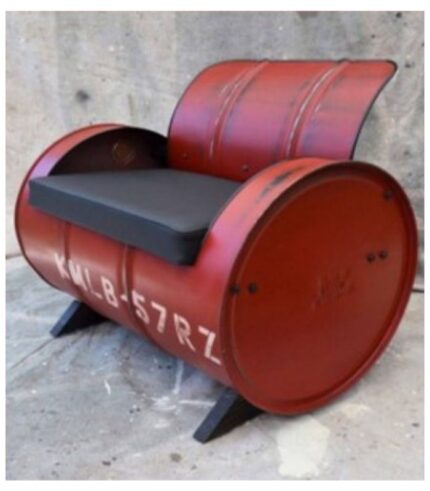
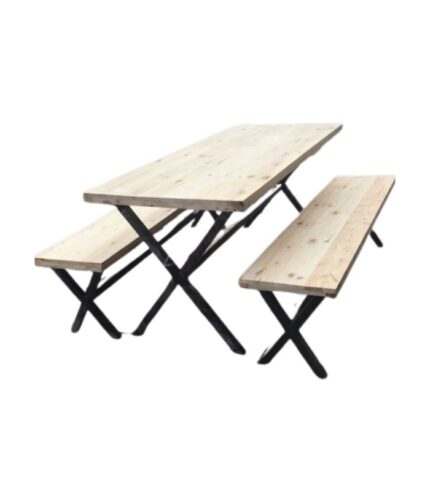


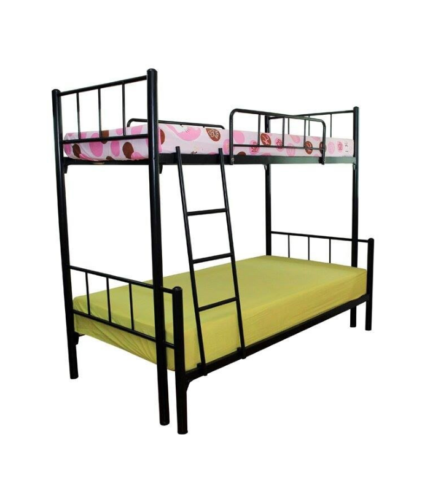
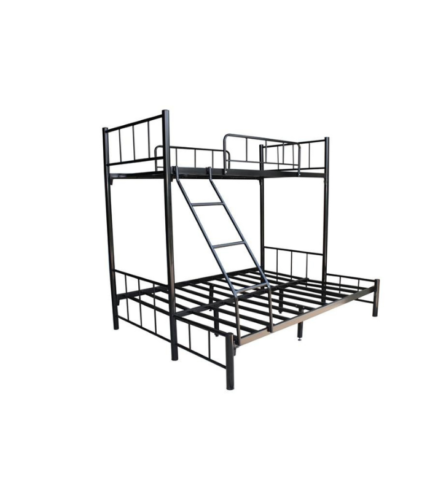
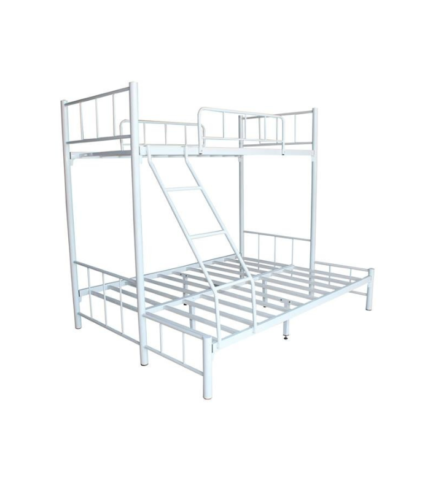
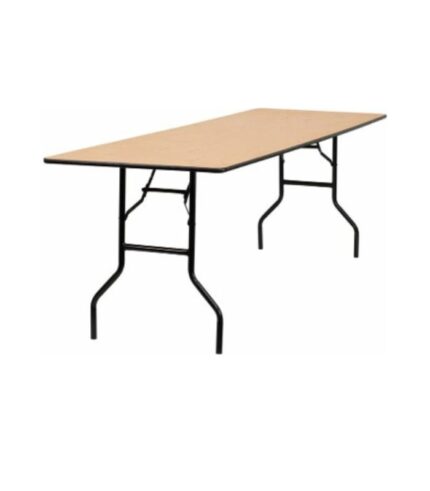
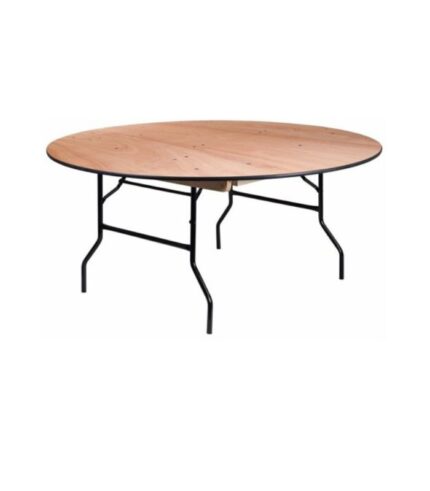
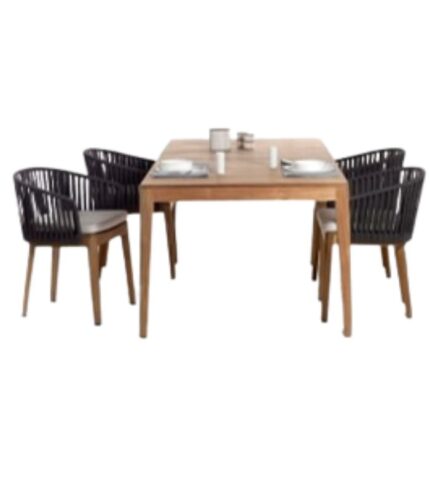
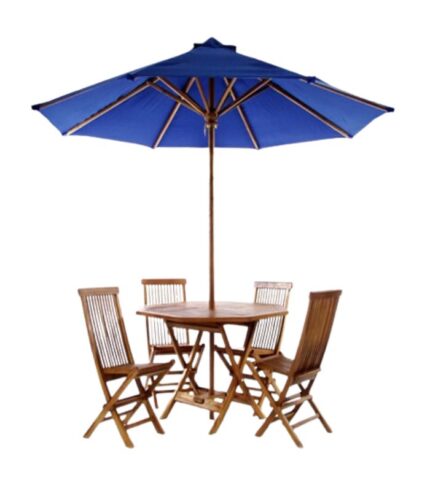
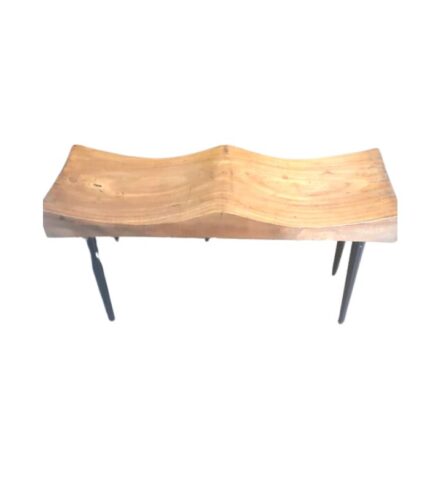










Reviews
There are no reviews yet.